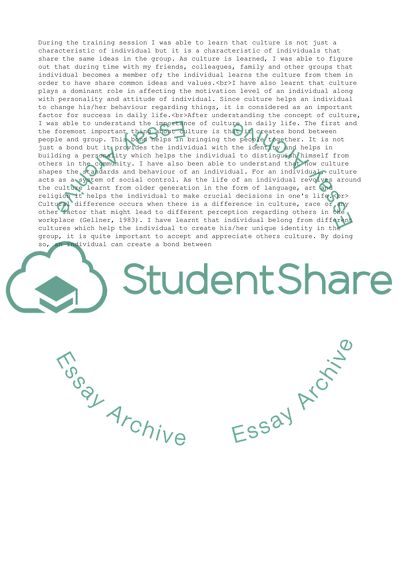Cite this document
(“Cultural Differences and People Management ,self reflection Essay”, n.d.)
Retrieved from https://studentshare.org/business/1614925-cultural-differences-and-people-management-self-reflection
Retrieved from https://studentshare.org/business/1614925-cultural-differences-and-people-management-self-reflection
(Cultural Differences and People Management ,self Reflection Essay)
https://studentshare.org/business/1614925-cultural-differences-and-people-management-self-reflection.
https://studentshare.org/business/1614925-cultural-differences-and-people-management-self-reflection.
“Cultural Differences and People Management ,self Reflection Essay”, n.d. https://studentshare.org/business/1614925-cultural-differences-and-people-management-self-reflection.


